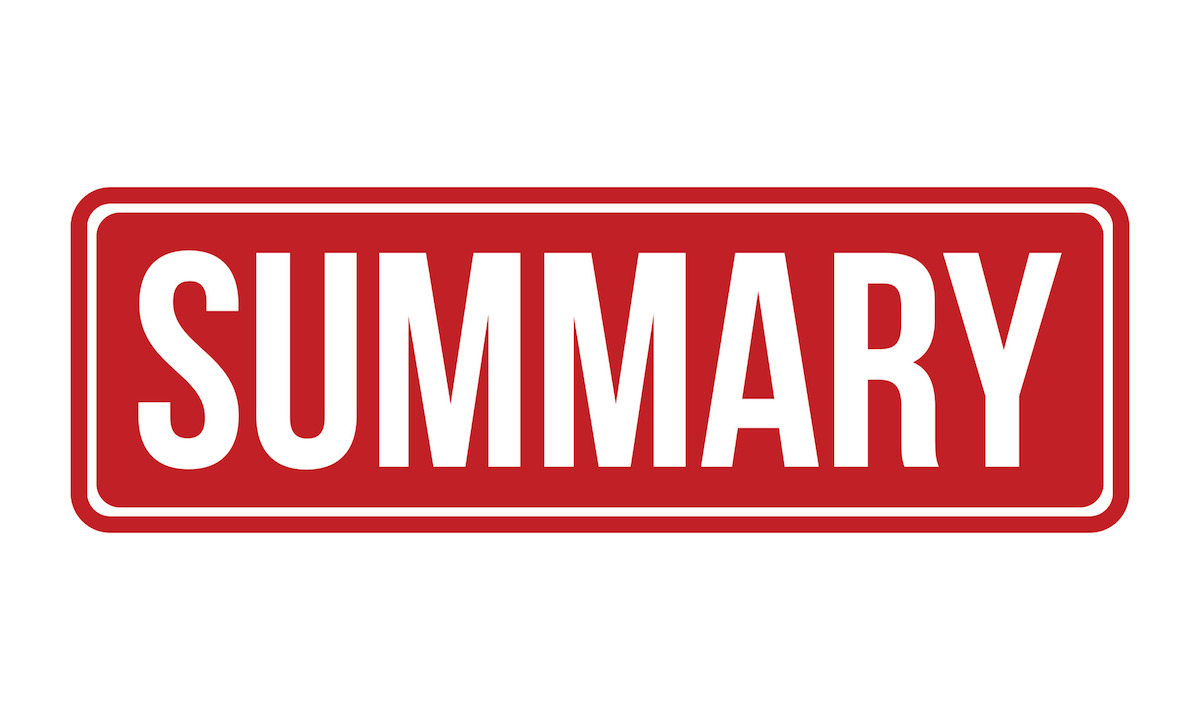
Summary Rubber Stamp Seal Vector
Introducing the Summary
October was a very exciting and very challenging month for me since I got to spend a month in one of my favorite locations – Spain. One of the more interesting insights that came out of that experience was to see how much nonessential information I have been communicating in my Certified ScrumMaster (CSM) course and how little I really need to teach for the participants to do well on the exam.
IME, when you are completely fluent in a language, you can get a bit lazy with the way you describe your ideas and how you teach. Since language is open-ended and error-friendly, if you make a mistake, or have trouble communicating a complex idea, it is easy to backtrack and try again until you get your point across. When communicating in a different language, I found that process is much more difficult. Sometimes you just don’t know the vocabulary to communicate what you are trying to say. Or you butcher your idea by creating a long, tortured sentence with complex verb tenses and everyone ends up lost – including yourself!!
Luckily, while I was in Spain my training colleague, Antonio Menchero, made this suggestion – add to your training materials a summary of key concepts you want to the participants to remember in the form of a bulleted list. For example, this is an English version of the summary I use when teaching about the Scrum Roles in my CSM class.
In Summary… The Roles of Scrum
- There are three roles in Scrum – Team, Product Owner and ScrumMaster.
- The Team is responsible to deliver a high-quality product that can change over time. The Product Owner is responsible for the business outcomes. The ScrumMaster is responsible for the successful application of the Scrum process and to improve the flow of value.
- A fourth role is added to the framework by the instructor – Stakeholders – to identify all the persons outside the three roles but are interested in, or affected by, the actions and activities of the Team, Product Owner and\or ScrumMaster.
- There is only one Product Owner per Team. The Product Owner has the authority to make decisions in the name of the Stakeholders. A Product Owner is authorized to use their personal and professional best judgement to maximize the business outcomes. The Product Owner defines what features the Team will build.
- The size of the Team is from six to ten people, plus or minus two. Scrum Teams are fixed, long-lasting and cross-functional. They contain all the functional roles needed to deliver a potentially shippable increment each Sprint. The Team defines how the product will be constructed.
- There is only one ScrumMaster per Team. The ScrumMaster is not the boss of the Team nor the boss of the Product Owner. A ScrumMaster is a teacher, a facilitator and a leader that promotes personal, professional and technical excellence. A ScrumMaster is connector between parts of the Team and the company that do not collaborate, amplifies the contributions of others and provides visibility. The ScrumMaster is an agent of change.
- The Stakeholders are responsible to give feedback.
Using a summary is common teaching practice in Spain and so far the learners in my English language courses have liked the list. From a learner’s perspective, providing a summary allows them to listen to me and think through my ideas without worrying about which ideas are the important ones to capture. From the instructor’s perspective, if I provide a written summary, then I actually have more freedom to talk about all the nuance since I have made sure the basic information has been covered.





